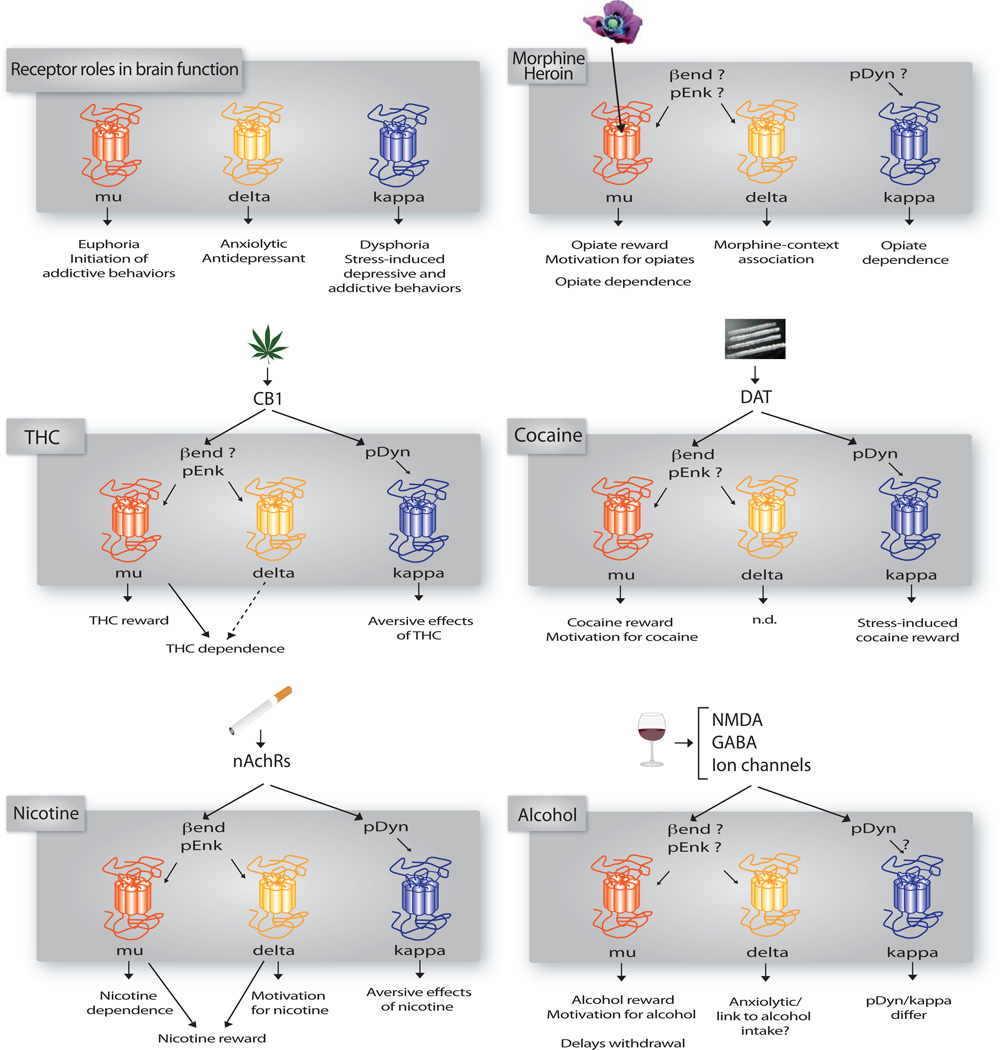Figure 3. Distinct roles of opioid receptors and peptides in addiction-related effects of drugs of abuse.
The upper left scheme summarizes known roles of opioid receptors in brain functions related to hedonic homeostasis and mood (from (Lutz and Kieffer, 2012). In the five other panels, we propose mechanisms implicating opioid receptors and/or peptides in addiction liability of each class of drugs of abuse, as inferred from both receptor and peptide knockout mouse data reviewed here. “Reward” and “drug-context association” refer to CPP data, “aversive effects” to CPA data, “motivation for the drug” to SA experiments, and “dependence” to scores of physical withdrawal under antagonist treatment. Data from locomotor studies are not included (see summary in Table 6). Opiates: peptide KO mice show paradoxical (β-end/reward, pEnk/withdrawal) or no (pDyn/withdrawal) phenotype. THC: β-end KO mice not tested; cocaine: pEnk KO mice not tested; nicotine: β-end KO mice tested for reward but not withdrawal; alcohol: β-end KO mice show contrasting phenotypes and pEnk show a phenotype under stress.
Altogether, data from peptide KO mice, combined with those from receptor KO mice, concur to substantiate involvement of a kappa/dynorphin system in dysphoric states associated to drugs of abuse, although this may not apply to alcohol. Data also suggest a role for mu/Bend signaling in cocaine and nicotine reward, and implication of delta/pEnk signaling to regulate alcohol intake.

